
Convallaria majalis
Lily-of-the-valley
May-bells, Our Lady’s tears, Mary’s tears, Jacob’s ladder, glovewort: I have lots of names!
In Dutch I’m usually called Lelietje-van-dalen.

That’s a translation of my Latin name, Convallaria majalis.
Convallaria means ‘of the valley’, and majalis comes from maius, the month of May. I used to grow mostly in cool valleys, woods, and other well-shaded places, and bloom in May, which explains my other name, May-bells.
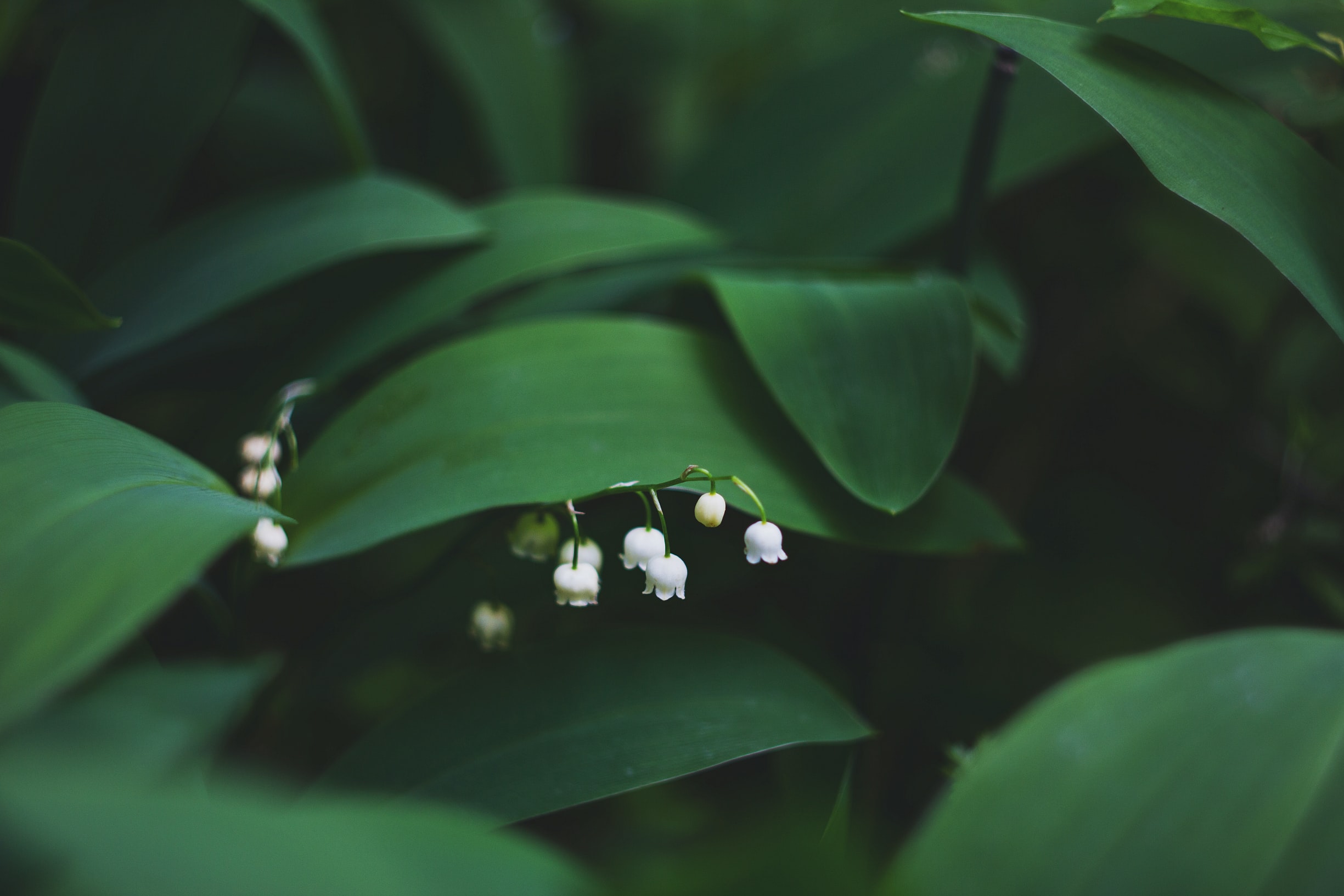
‘Lily’ points to the whiteness of my flowers.
It comes from the Latin word lilium (white) or, – opinions vary, – from leiron or lirion, the Greek names for this flower.
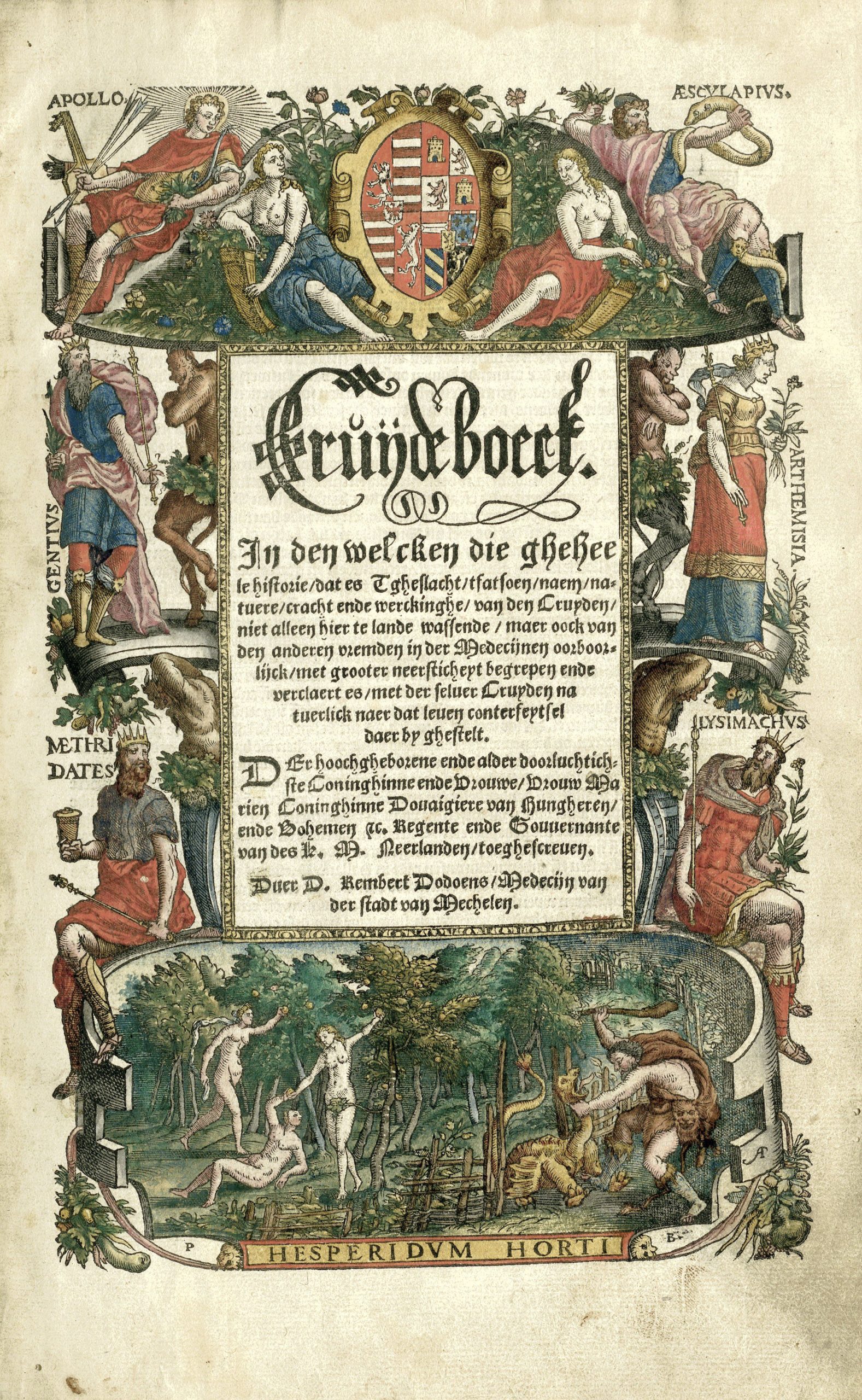
Anyway, as early as 1618 the Dutch botanist Rembert Dodoens wrote of me in his Cruydeboeck.

‘in our times she is known everywhere by the name Lilium convallium, that is, lily of the valleys or little lily of the valley’

In southern Dutch dialects I’m also known as snuivertje or snuifbloemetje – you could translate this to little sniffer.
That is because my flowers smell so nice that they used to be dried, ground into a powder, and mixed with snuff tobacco, which was sniffed straight into the nose.
The bout of sneezing that always followed, gave me my oldest German name, ‘niesekraut’.

‘Il est revenu le temps du muguet,’ sang the lovely French singer Française Danielle Darrieux in 1959.
The May-bell (‘le muguet’) season has returned – hooray!
In France, the land of love, that’s a moment of joy.
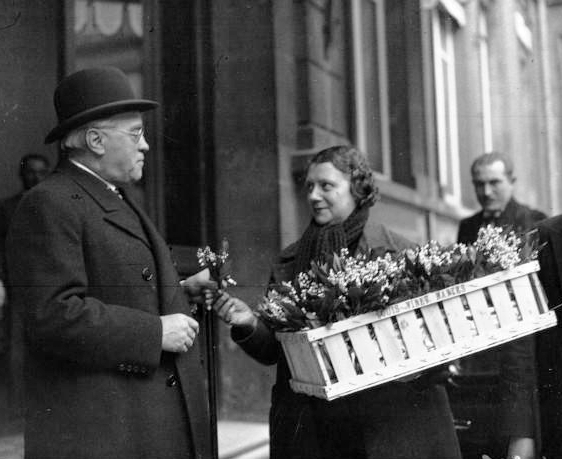
In France it is traditional for men to give their beloved a bouquet of my flowers on the first of May
and to wear a sprig of my flowers in their own buttonhole as a porte-bonheur, a good luck charm.

The tradition began in the 16th century, when – as the story goes – the young King Charles IX visited the south of France and was given a bouquet of lily-of-the-valley to wish him prosperity and success in the year to come.
He was so touched by this gesture that he decided to give the same present to all his ladies-in-waiting every year on May 1st – the charmer!
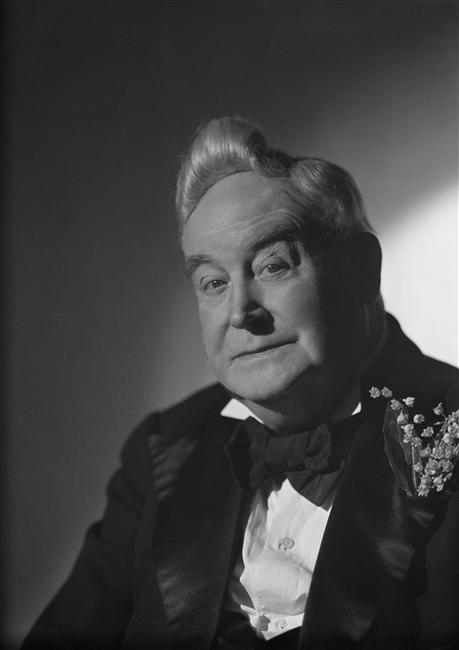
Three centuries later the tradition had been all but forgotten, until 1895, when the aspiring singer Felix Mayol was given a sprig of lily-of-the-valley by a Paris fan,
put it in his buttonhole, went on stage to great acclaim, et voilá – breathed new life into the muguet de mai tradition.
Now I can be found every year in all French florists, a sign that the enchantment can begin again. Ah, l’amour!

When the legendary fashion designer Christian Dior was a little boy, his favourite spot was his parents’ garden.
In the Normandy seaside town of Granville the family owned a hectare of land with beautiful flowers and wonderful sea views.
And do you know what his favourite flower in that garden was? Me!
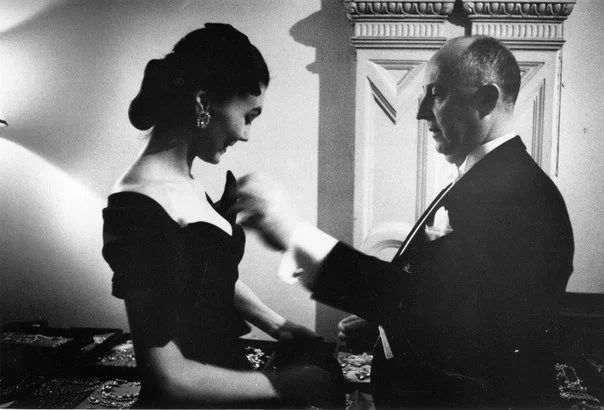
Dior – who was rather superstitious – was convinced that I brought luck. He was so attached to me that later, as a successful couturier, he asked his personal florist Madame Dedeban to cultivate lily-of-the-valley all year round for him, in a heated greenhouse, so that he could always wear a sprig of it in his buttonhole.
He always took me around with him in a little box, and had his petites mains, his assistants, sew a few of the flowers into the hem of an haute couture sleeve or dress before they went on show.

Dior’s dearest wish was to create a lily-of-the-valley perfume, but this turned out to be very difficult.
Although I smell delightfully sweet, aromatic compounds cannot be extracted from my flowers, as they are too delicate.
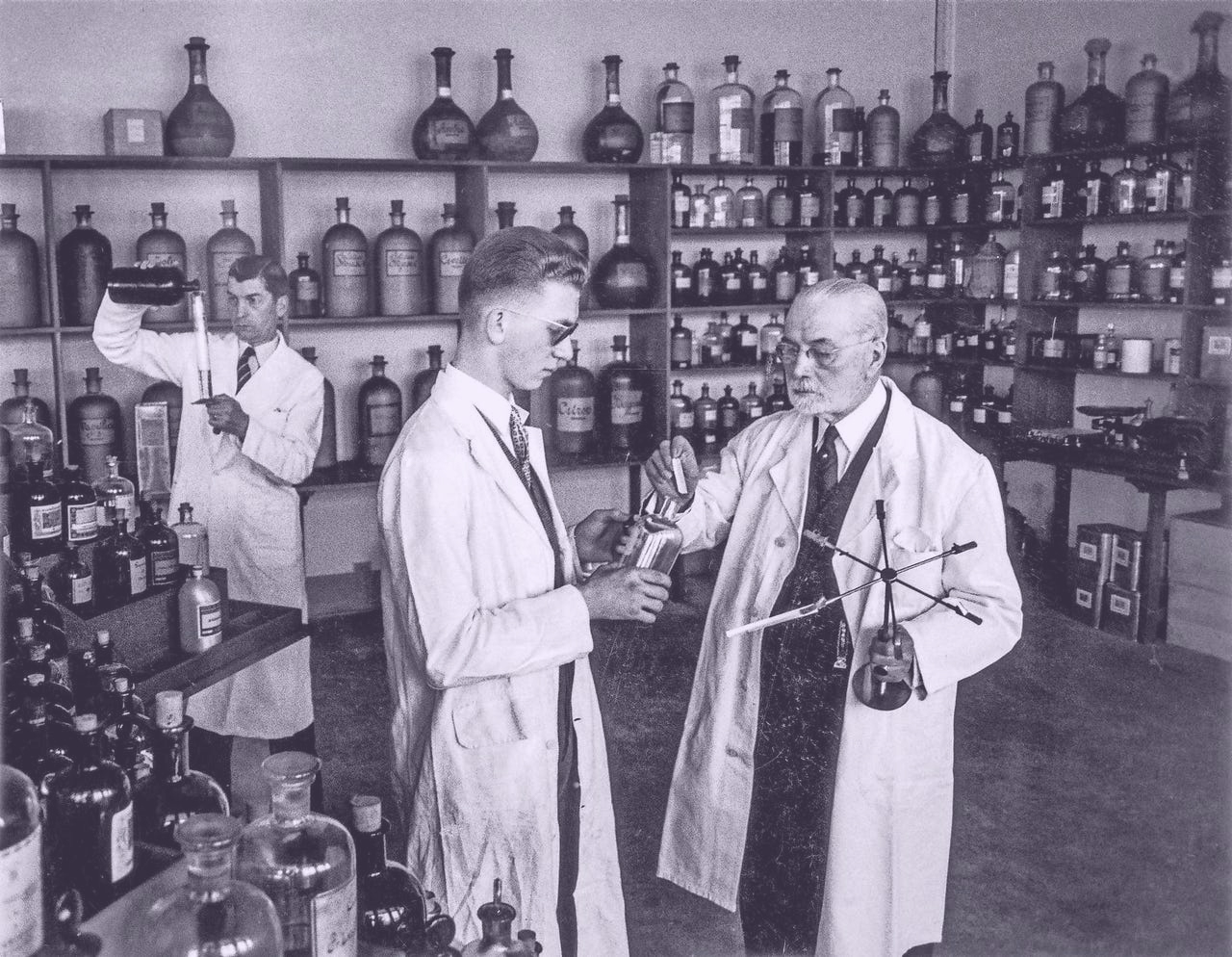
Happily, Jacques Guerlain – a famous French perfumer – had already succeeded in almost perfectly capturing my delicious fragrance using a synthetic substance with a tricky name, ‘hydroxicitronellal’.
Dior also made an attempt, and in 1956 he created Diorissimo, a classic eau de parfum with the smell of a fresh spring morning. Mmm…
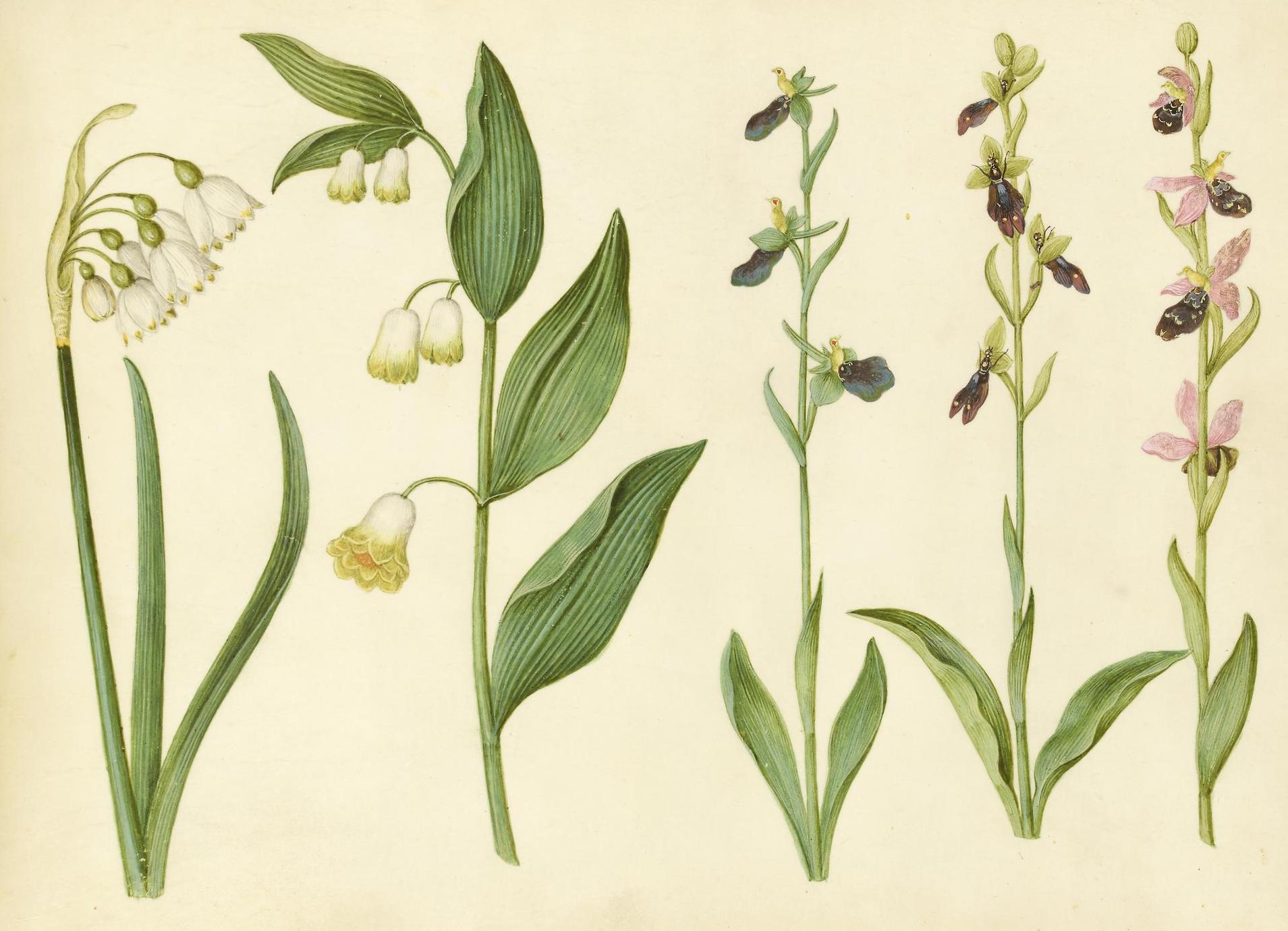
In herbal medicine my leaves are used to treat fever, depression, and even heart disorders. I contain the sugar compounds convallarin and convallamarin, both of which influence the heart.
I am a good choice for mild heart problems, but for more serious heart issues digitalis (foxglove) is better.
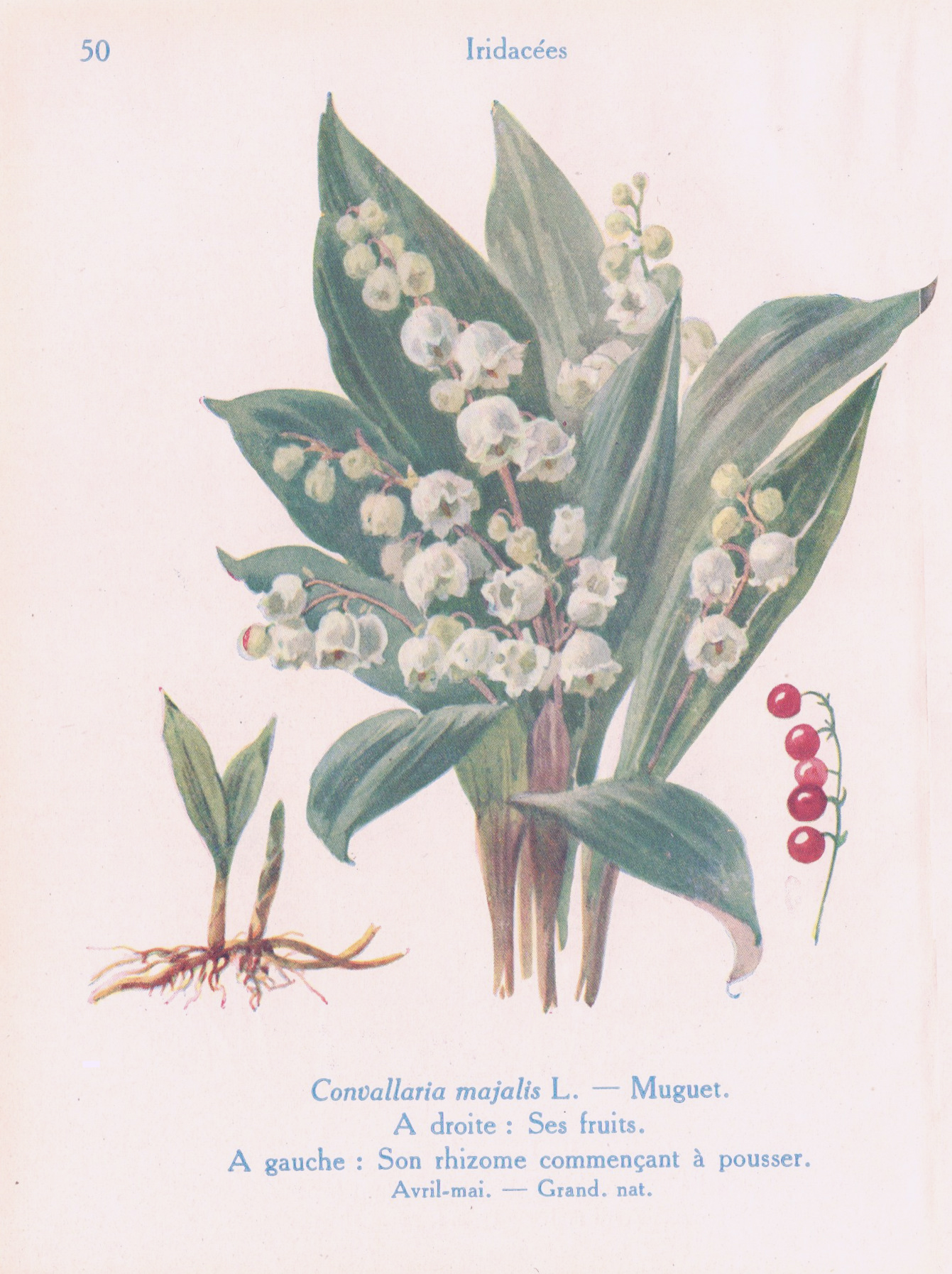
While I love to help, I’m not always as gentle and innocent as I look.
For instance, it’s not a good idea to eat me; my stalk, flowers and berries are all poisonous, and eating a few of my aromatic white petals could give you a sudden heart attack.
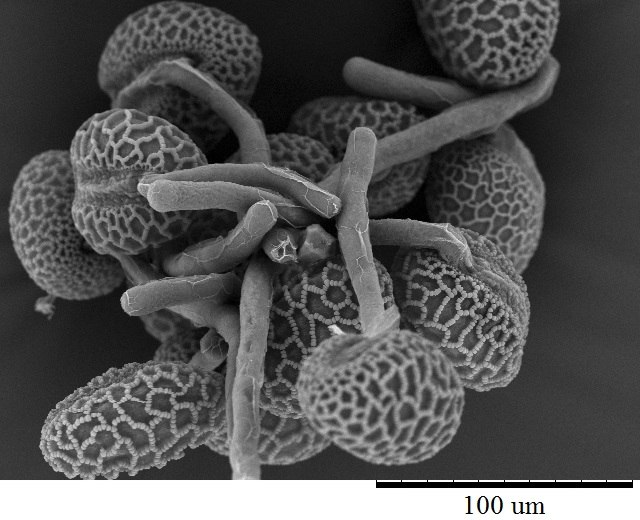
And if you have a pet dog or cat, then I’m better left at the garden centre than taken home.
For our furry friends, even licking my pollen off their fur can be deadly. So be careful!

What do Tchaikovsky, Stalin and Annie M.G. Schmidt have in common? Not a lot – but all three have found inspiration in me.
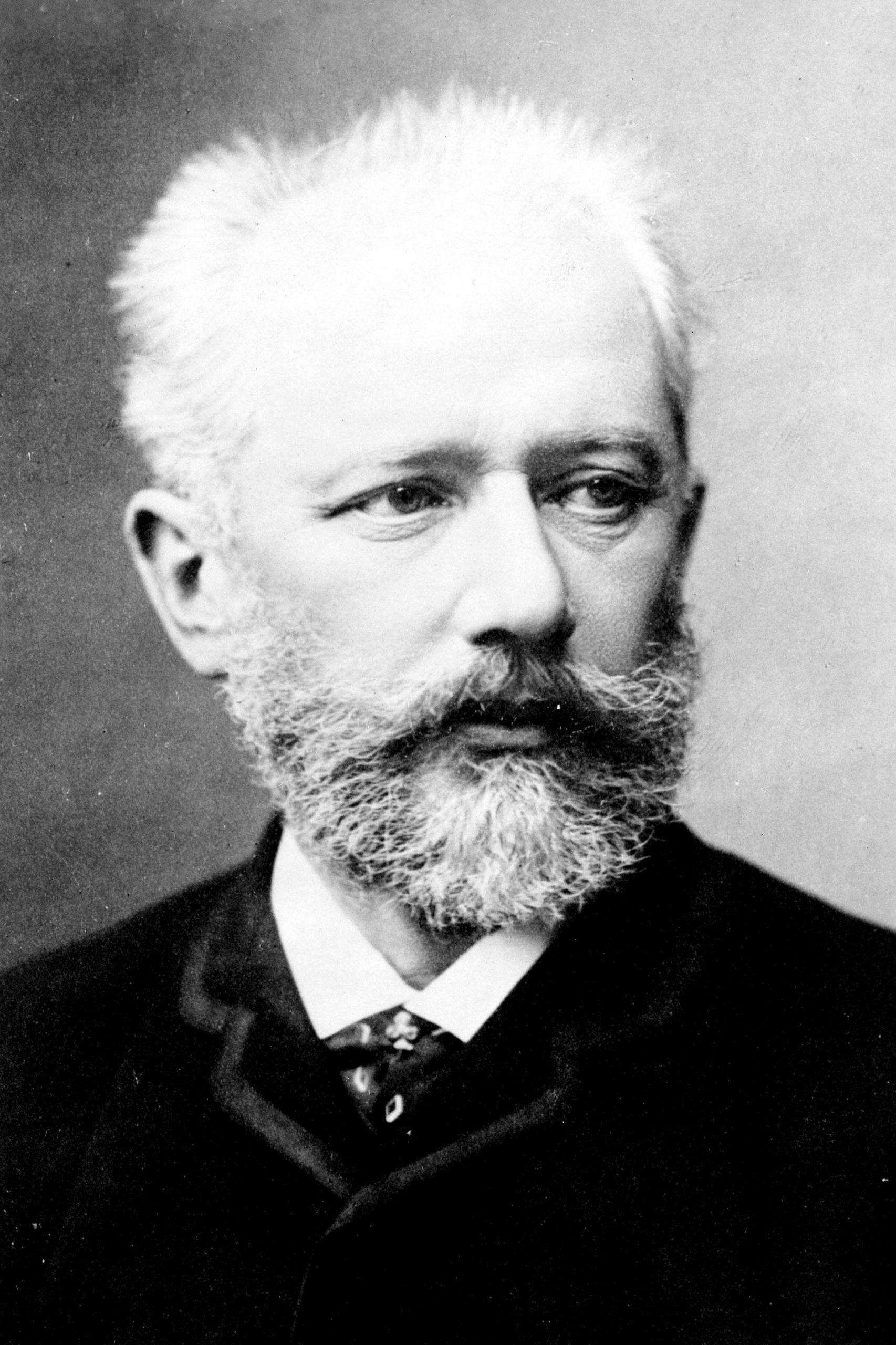
The great Russian composer Tchaikovsky saw me as ‘the king of the flowers’, as he wrote in a letter to his benefactress, the Countess Nadejda von Meck, and he gave me a prominent role in the ‘lush garden’ of his last opera Iolanta (1892).
He also wrote a poem about me: ‘Quick, to the woods! I race along the familiar path. / Can my dreams have come true, my longings be fulfilled? / There he is! Bending to the earth, with trembling hand / I pluck the wondrous gift of the enchantress Spring.’ A little grandiloquent, perhaps, but deeply felt.

His compatriot Stalin went a step further. As a young man the Soviet dictator – then still called Ioseb Jughashvili – loved reading, and even published his own poems under a pseudonym.
One poem was about me: ‘The pinkish bud has opened, / rushing to the pale-blue violet / and, stirred by a light breeze, / the lily of the valley has bent over the grass.’ Hm.

The celebrated Dutch author Annie M.G Schmidt kept the mood lighter. In the lovely poem ‘De mooiste bloemen’ in the collection ‘Het Fluitketeltje’ (1950), she wrote:
‘Lily-of-the-valley, twenty pence, / they’re so pretty. Such spring scents!’, ‘Long-stemmed iris, / purple, yellow / Only sixty pence for ten! / What about some roses, then? / Or these, or these, or these? / Well, what’s it going to be, / are they for your mother, dear? / Oh, well take some Lady’s tears!’

The world-famous altarpiece of Saint Bavo’s Cathedral in Ghent, ‘The Adoration of the Mystic Lamb’, which was painted by the Van Eyck brothers in 1432, includes at least forty kinds of flowers and plants.
Each painted with more detail and precision than the last.
And of course every single flower has a symbolic meaning.

Take a look, for instance, at the crown worn by the young virgin Maria on one of the upper panels, seated on God the Father’s right hand. Between the precious stones, pearls and diamonds we can see all sorts of flower bouquets, all referring to the month of May – also known as ‘Maria month’ in the Catholic church.
And every flower has its own meaning: the red rose stands for love, the white lily for purity, and the blue columbine for humility.
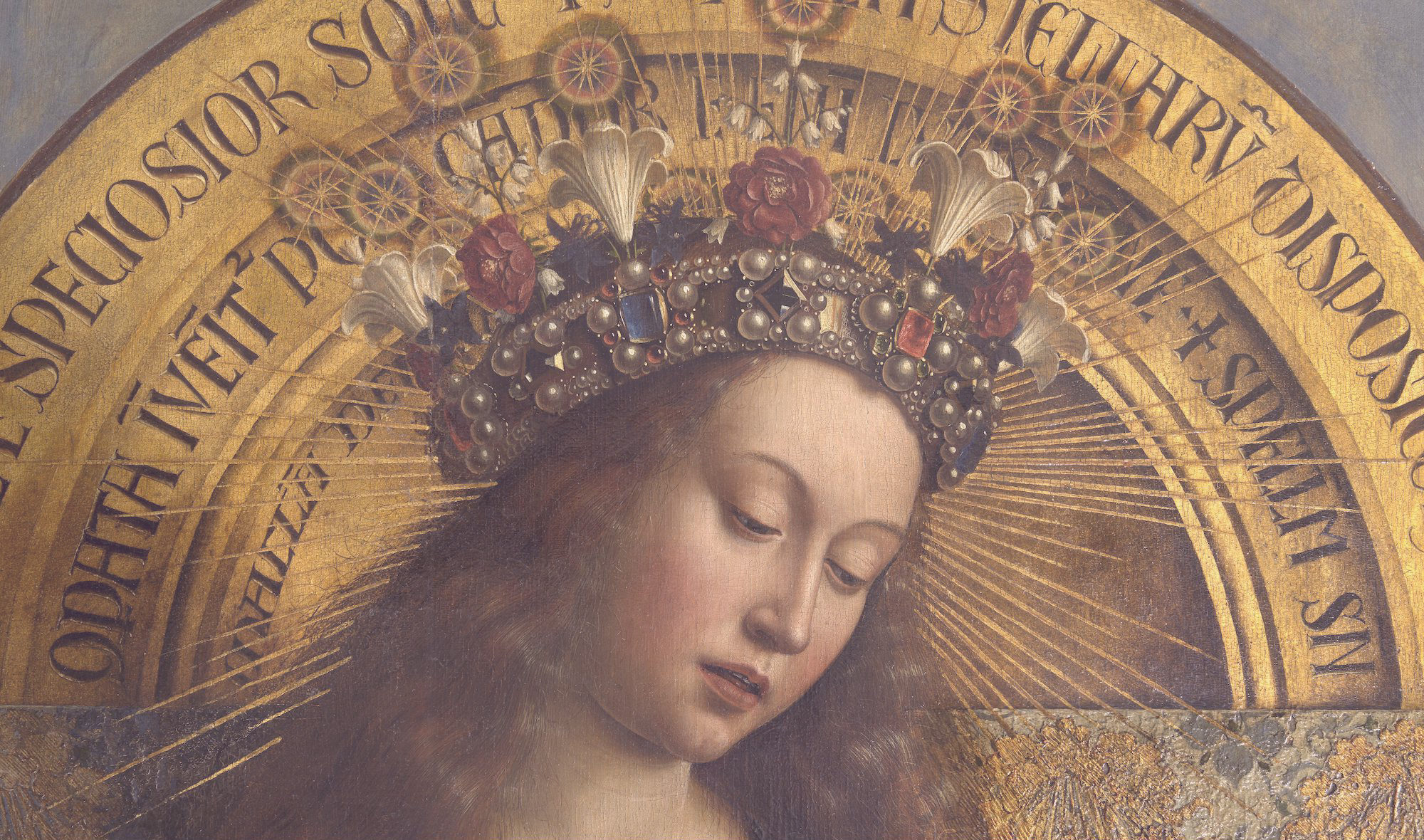
If you look even more closely, you’ll see that above every rose there is a sprig of white lily-of-the-valley. Yes, I belonged there too – probably as a bringer of good fortune.

I also turn up in other parts of this beautiful polyptych: at the very bottom of the central panel and at the feet of the group of holy women.
It’s not clear why I was put there. Sometimes I symbolise purity and humility, and sometimes the tears that Maria wept at Jesus’ tomb on Easter morning.
With me you never really know.



Hi, my name is Lily-of-the-valley. Do you want to know where my name comes from?
ELSPETH DIEDERIX
CONVALLARIA MAJALIS
(LELIETJE-VAN-DALEN), 2020,
40 x 30 CM
Lily-of-the-valley
name
Convallaria majalis
Height
15-20 cm
Flowering time
April-May
Family
Asparagaceae
name
Convallaria majalis
Height
15-20 cm
Flowering time
April-May
Family
Asparagaceae












